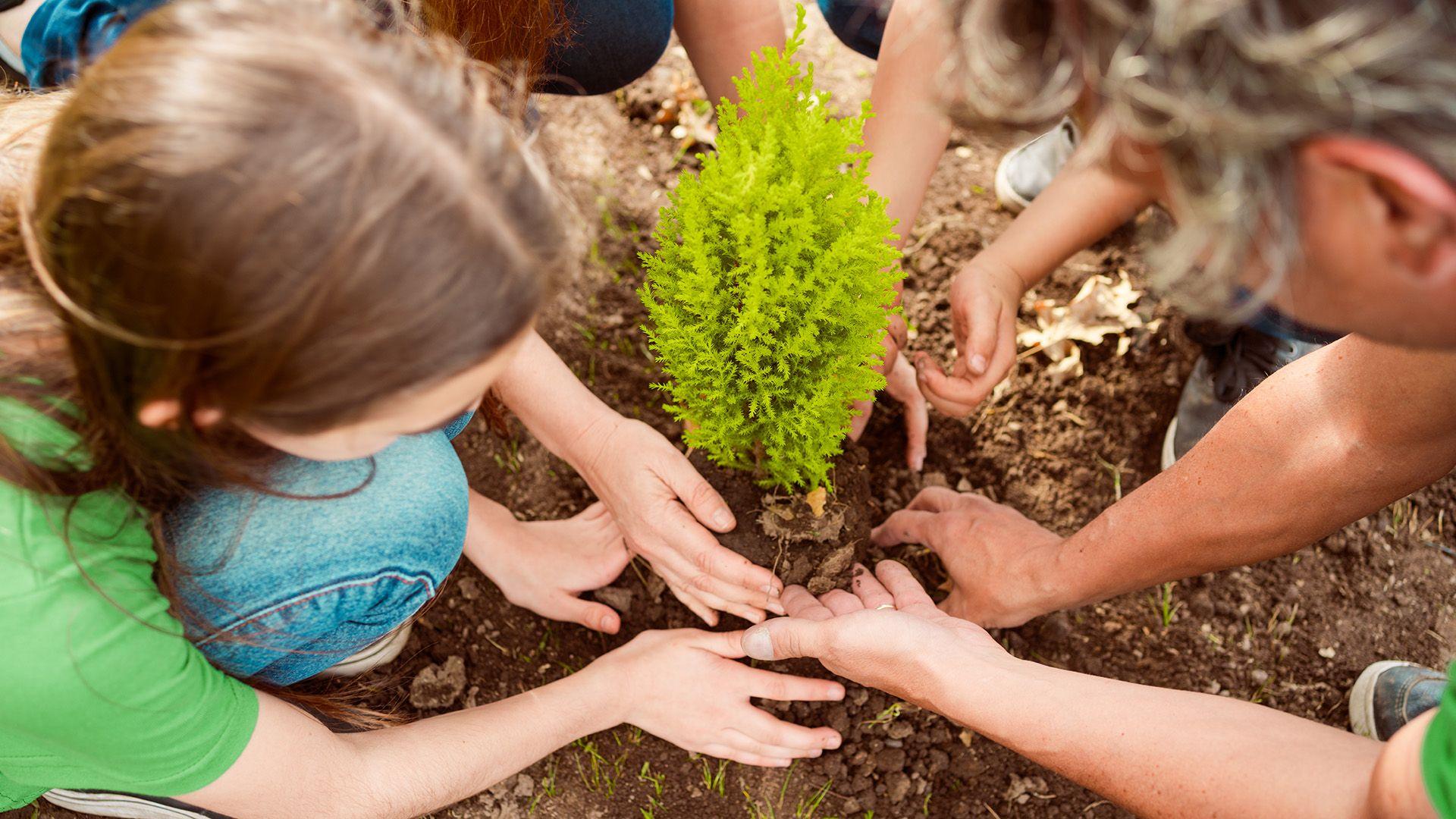Big Seaweed Search Week 2025: What's it all about?
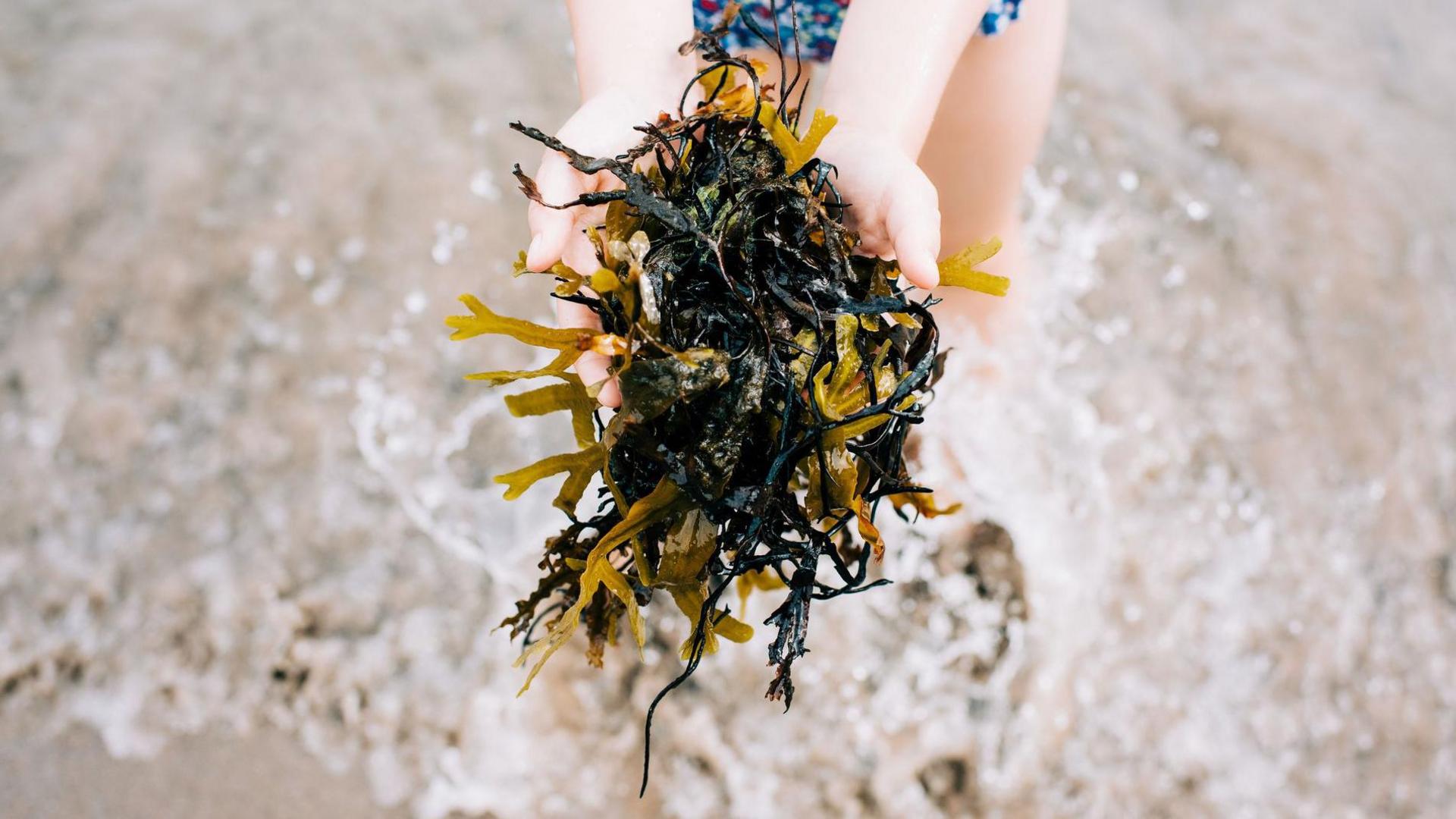
Scientists are asking people to look out for seaweed this summer
- Published
Summer is here and lots of you will be heading to the beach with family and friends during the hotter season.
You may be looking forward to the clear skies and sunshine, feeling the sand between your toes and building sandcastles, or perhaps collecting shells is more your thing.
But there's something else scientists from the Marine Conservation Society and the Natural History Museum also want people heading to the UK's coasts to look out for.
The 26th July to 3rd August is the Big Seaweed Search Week.
More seaweed stories
Orcas use seaweed to help scratch each other's backs
- Published24 June
What is the seaweed bloom turning up on Florida beaches?
- Published18 April 2023
Seaweed discovered deep beneath the Antarctic surface
- Published3 December 2022
Over the seven days, the nation is being asked to record the species of seaweed they come across.
By taking part in the Big Seaweed Search, members of the public will be helping to gather important evidence that can be used to document changes to coastal environments.
It'll also allow scientists to learn more about where different species of seaweed grow across the UK.
"Seaweed plays a really important role in keeping our ocean healthy. There's still a lot we don't know, and that's where the Big Seaweed Search comes in," said Anna Bunney who is the citizen science programme developer at the Marine Conservation Society.
"The more people join in, the better we can understand what's happening beneath the waves and how to safeguard our seas for future generations."

Scientists want people to choose a five-metre stretch of coastline to survey
Although there are over 650 seaweed species around the UK, the Big Seaweed Search Week focuses on just 14.
This helps the Marine Conservation Society and Natural History Museum map the distribution of these particular seaweeds and gather important data.
Some of these species include ones like kelp, which are sensitive to factors like rising sea temperatures and a process called ocean acidification, which affects the PH of the waters.
Kelp forests are believed to be in decline globally.
What do you need to do to take part?
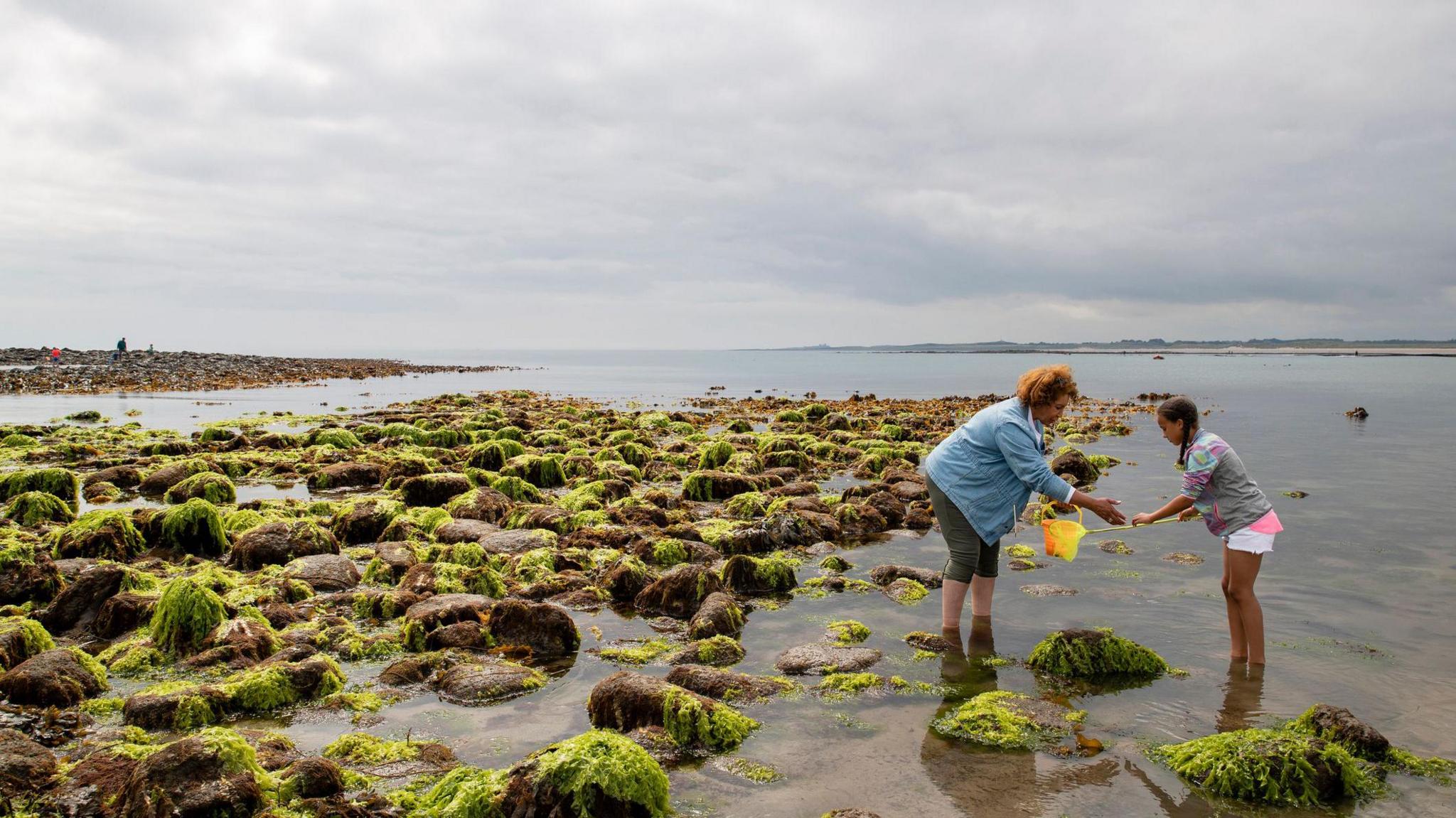
Anyone can take part in the Big Seaweed Search Week. You can get involved by:
Registering to take part on the official website
Choosing your five-metre stretch of coastline to survey
Filling in your survey form
Taking lots of clear, close-up photographs for your survey to be accepted
Submitting your survey through Big Seaweed Search | Natural History Museum
What's so special about seaweed?
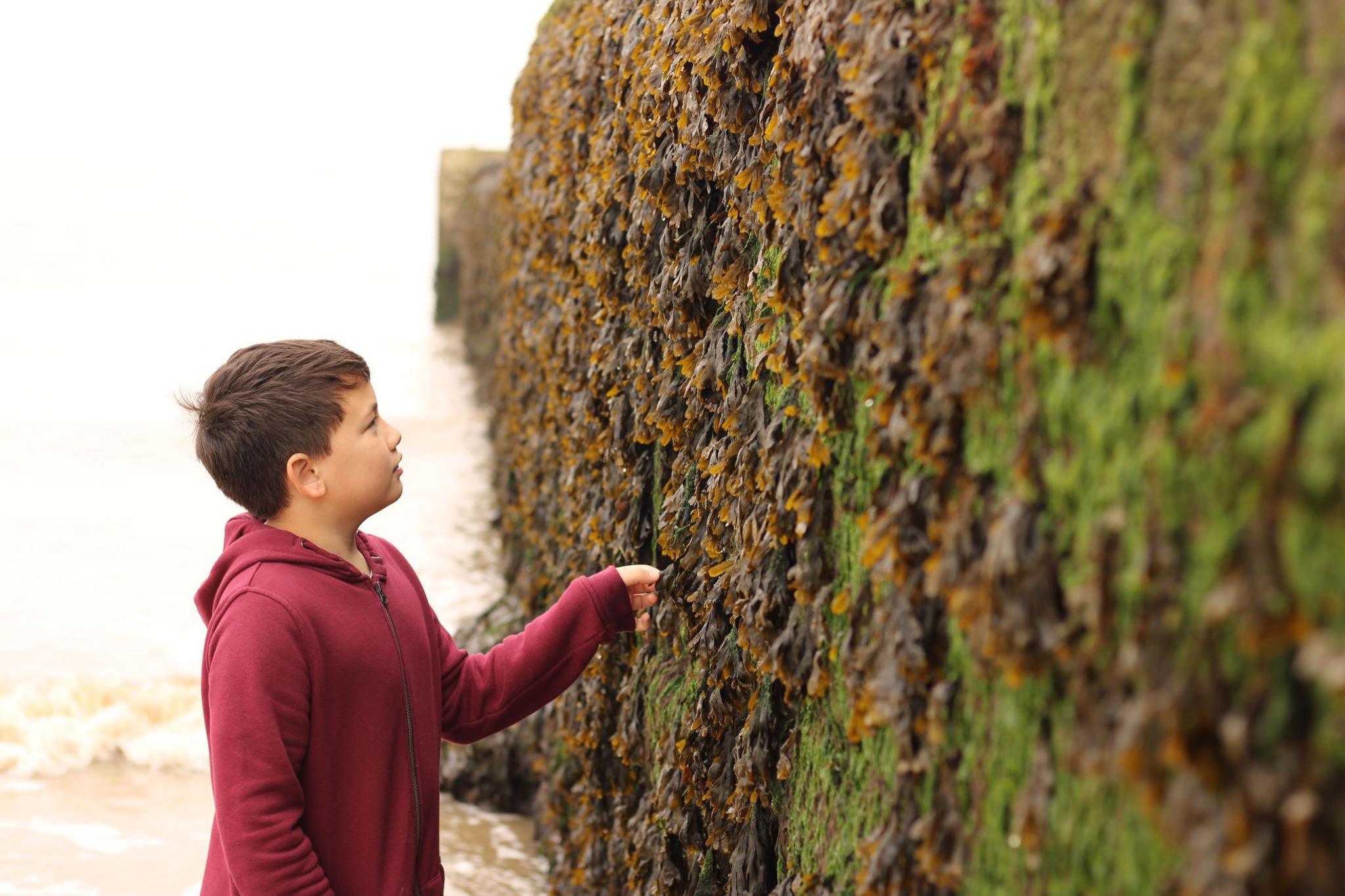
You may have never paid much attention to it, but seaweed plays an important role when it comes to the health of our planet.
Seaweed is able to absorb carbon from the ocean and plays a vital role in helping to tackle climate change.
Seaweed also helps reduce the impact of ocean acidification which is caused by the carbon dioxide the ocean absorbs from the atmosphere.
Ocean acidification not only impacts seaweed, but can also have a negative impact on other species like fish, shellfish and coral.
Tips to identify different types of seaweed
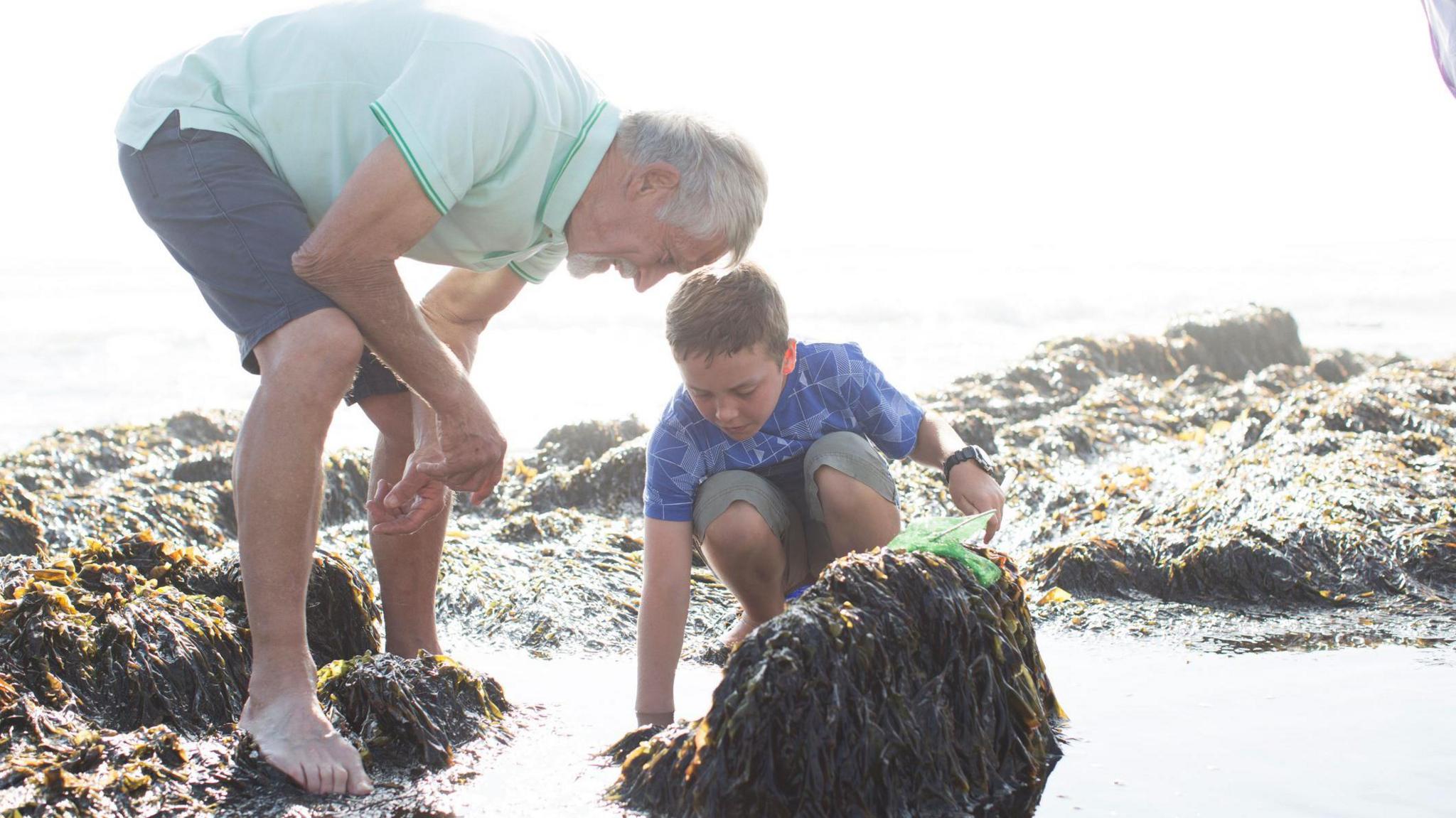
The colour of the species, the shape and any distinctive features can be really important when it comes to identifying seaweed.
Some common species include:
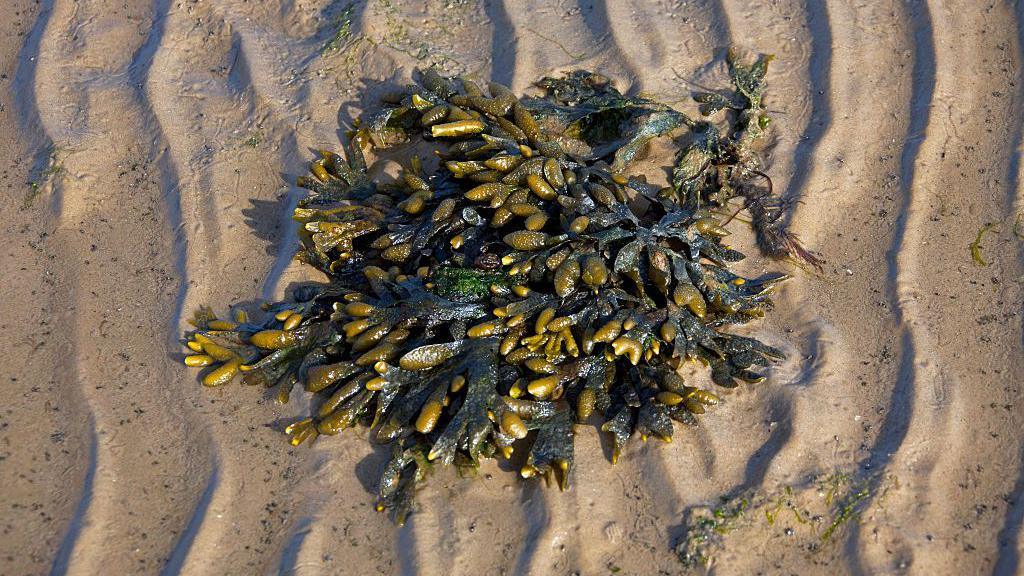
Bladderwrack - this type of seaweed tends to be green-brown in colour. It's leaflike part, which are know as fronds, are flat. But they have distinct round air bladders along the length of them.
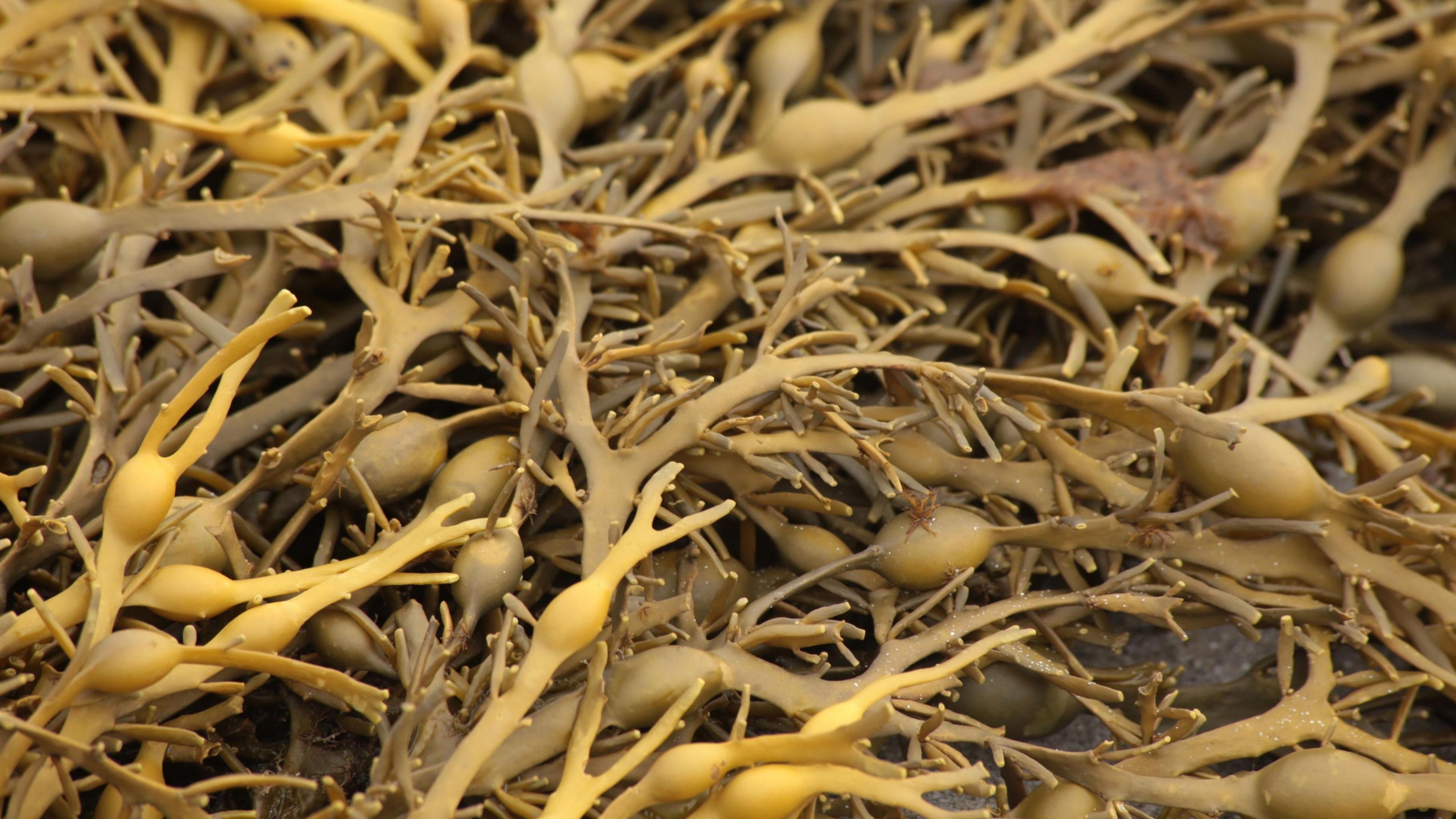
Knotted wrack - also known as egg wrack, this is a yellow-brown species which has egg shaped air bladders along its fronds.
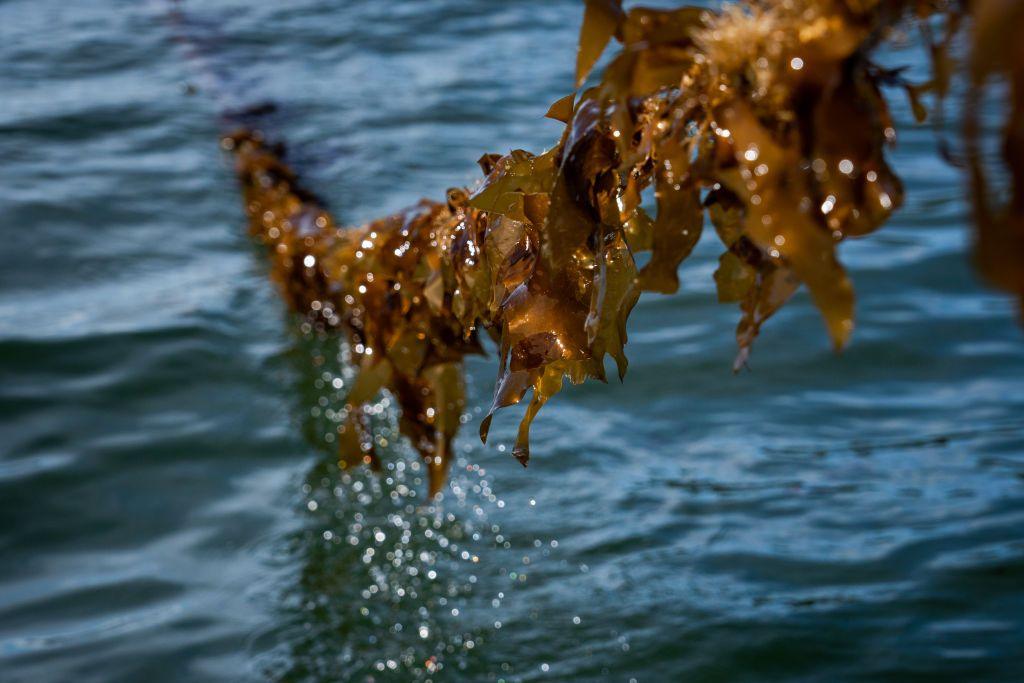
Sugar kelp - this species is usually a dark brown/green colour, it has a crinkly texture and tends to be found in shallow waters around coasts.
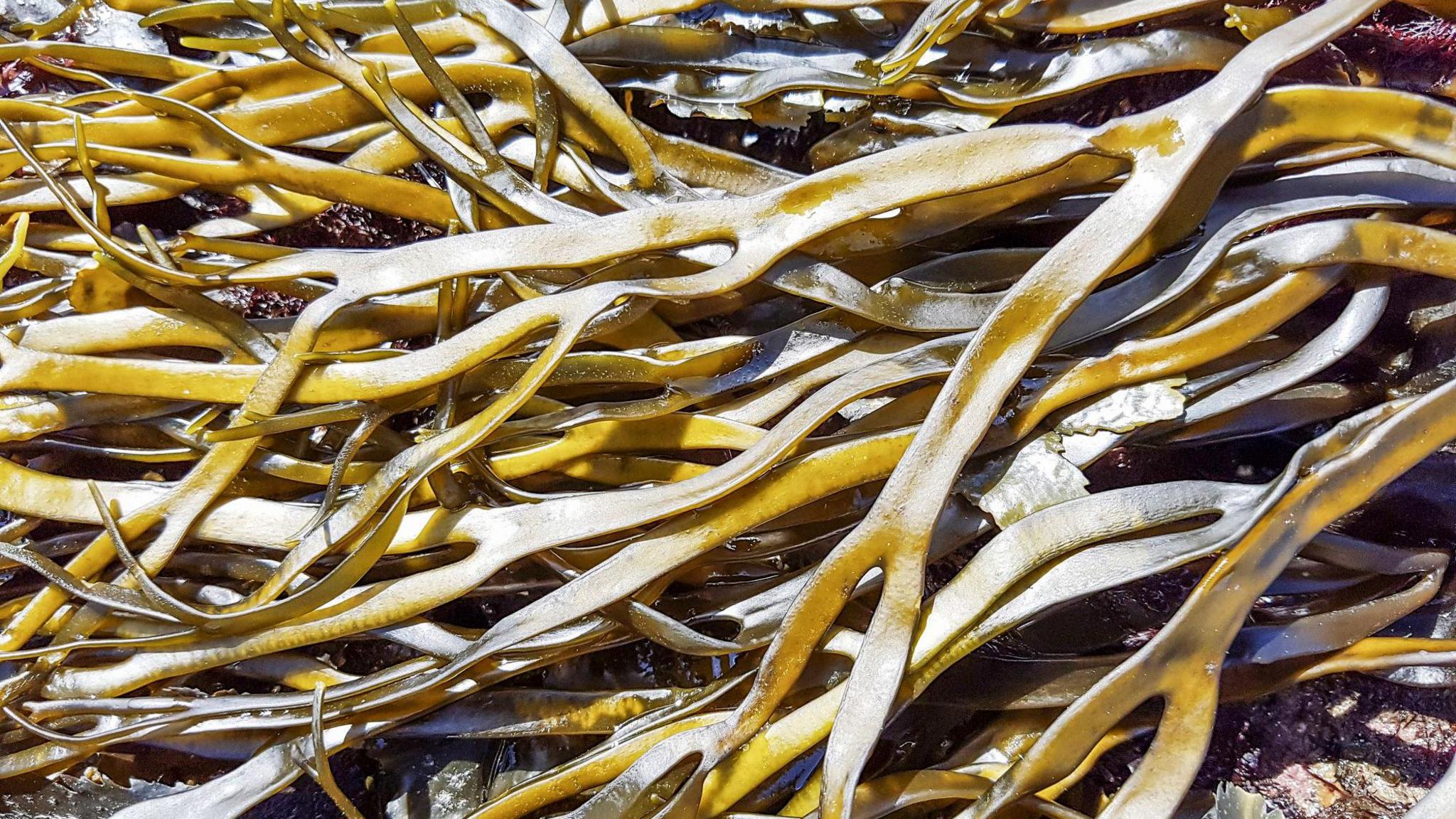
Thongweed - this type of seaweed is usually brown in colour, it has long, thin fronds and can grow up to two metres long.
More of the latest
- Published2 July

- Published1 July
